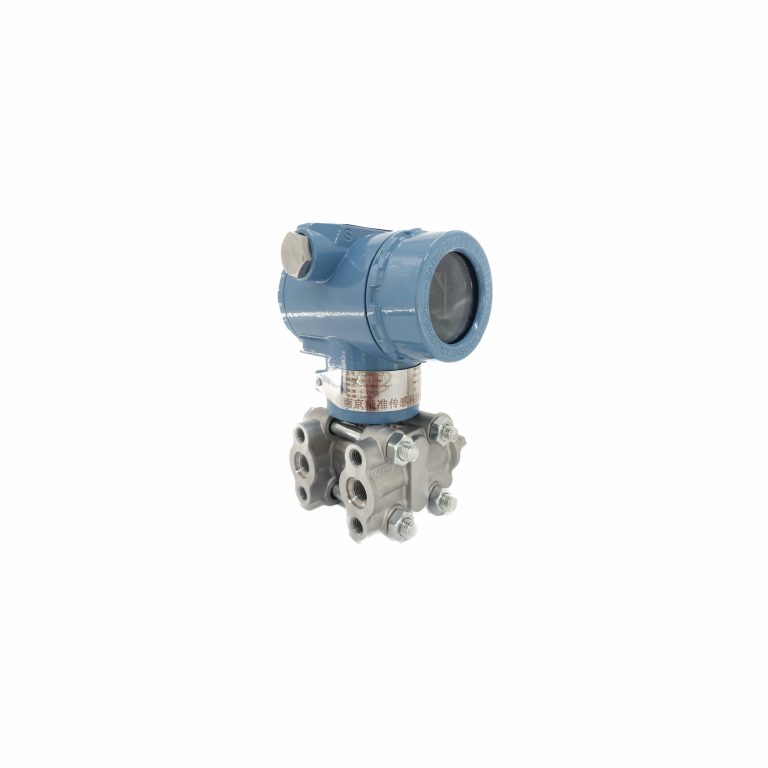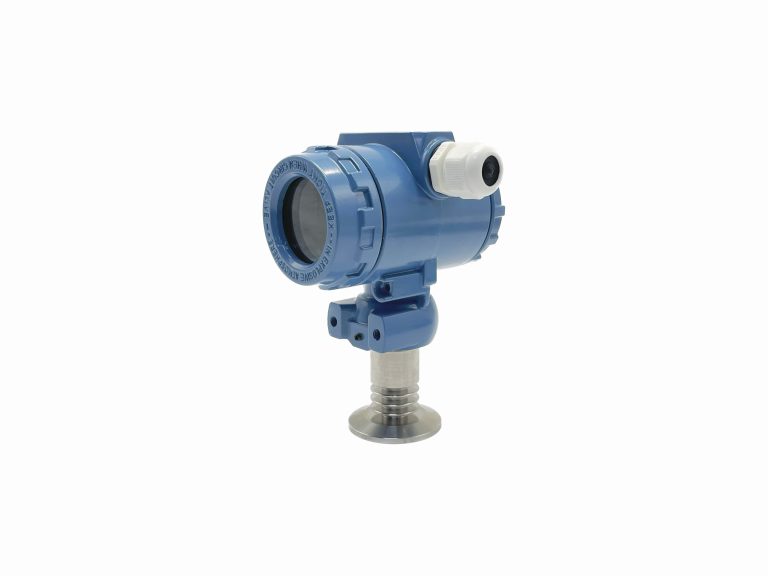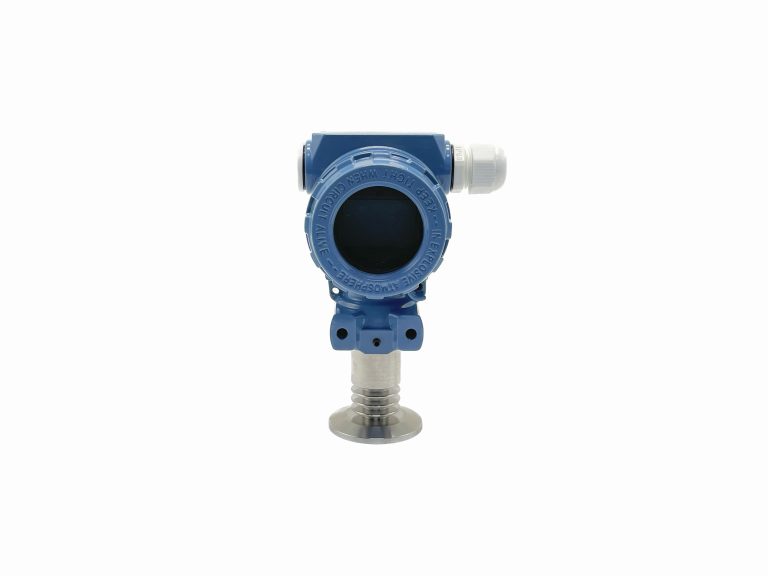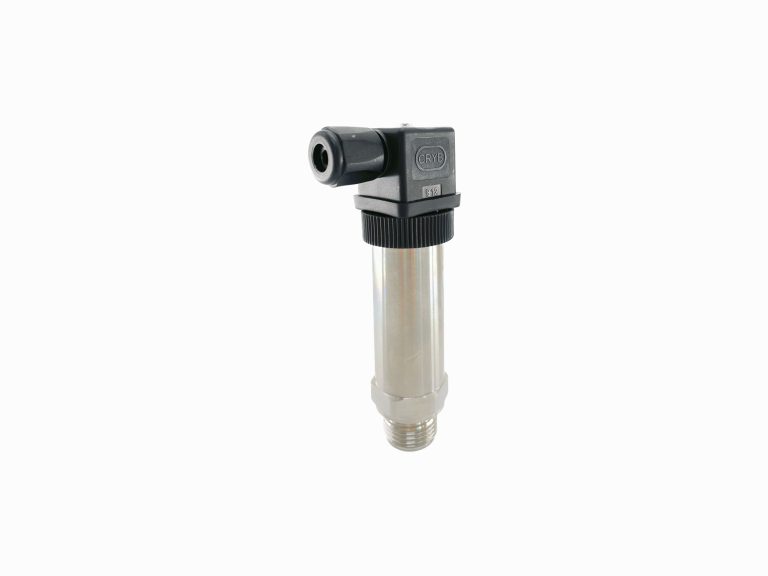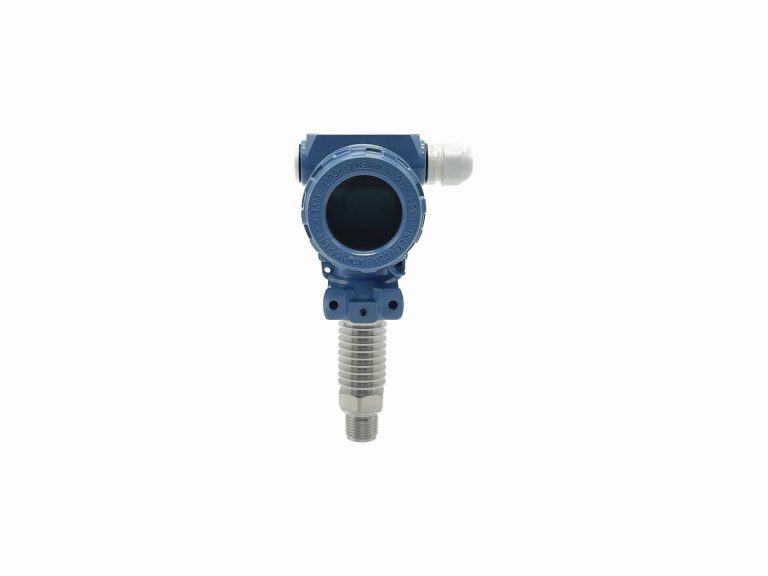Table of Contents
Benefits of Using Differential Pressure Sensors in HVAC Systems
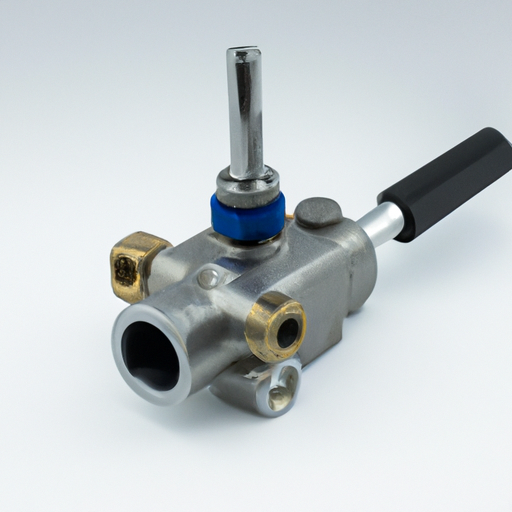
Differential pressure sensors play a crucial role in HVAC systems by measuring the difference in pressure between two points. This allows for accurate monitoring of air flow, filter efficiency, and overall system performance. When it comes to installing these sensors, it is important to choose a high-quality wholesaler that can provide reliable products and excellent customer service. One of the main benefits of using differential pressure sensors in HVAC systems is improved energy efficiency. By accurately measuring pressure differences, these sensors can help optimize airflow and ensure that the system is operating at peak performance. This can lead to significant cost savings on energy bills and reduce overall carbon emissions. In addition to energy savings, differential pressure sensors can also help improve indoor air quality. By monitoring pressure differentials across filters, these sensors can alert maintenance staff when filters need to be replaced. This ensures that the HVAC system is effectively removing contaminants from the air, creating a healthier indoor environment for building occupants. Another benefit of using differential pressure sensors in HVAC systems is increased system reliability. By continuously monitoring pressure differentials, these sensors can detect issues such as clogged filters or blocked ducts before they lead to system failures. This proactive approach to maintenance can help prevent costly downtime and extend the lifespan of HVAC equipment. When it comes to installing these sensors, it is important to work with a reputable wholesaler that offers high-quality products and reliable customer support. Chinese wholesalers are known for their competitive pricing and wide selection of differential pressure sensors. By choosing a Chinese wholesaler, HVAC contractors can access top-of-the-line products at a fraction of the cost.
Step-by-Step Guide to Installing Differential Pressure Sensors in Industrial Applications
Differential pressure sensors are crucial components in industrial applications, as they measure the difference in pressure between two points in a system. This information is essential for monitoring and controlling processes in various industries, such as HVAC, automotive, and manufacturing. Installing a differential pressure sensor correctly is crucial to ensure accurate readings and optimal performance. In this article, we will provide a step-by-step guide to installing a differential pressure sensor in industrial applications. The first step in installing a differential pressure sensor is to select the appropriate sensor for your application. Consider factors such as the pressure range, accuracy, and compatibility with your system. Chinese high-quality wholesalers offer a wide range of differential pressure sensors that meet industry standards and specifications. Once you have selected the sensor, carefully read the manufacturer’s installation instructions to ensure proper installation. Before installing the sensor, it is essential to prepare the installation site. Ensure that the area is clean, dry, and free of any debris that could interfere with the sensor’s operation. If necessary, use a mounting bracket or hardware to secure the sensor in place. Make sure that the sensor is positioned correctly to measure the pressure difference accurately.| Measuring medium | Gases, vapours, liquids |
| Inaccuracy | ±0.075% |
| stability | ±0.1%/3 years |

